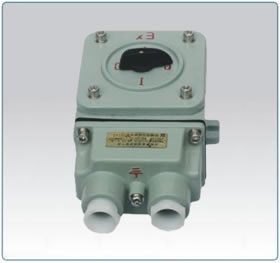In the crust can be hidden huge depositsmineral. The places where such a cluster makes it appropriate to mine iron ores and other resources are called basins. Thus, iron ore basins are one of the main sources of production of valuable metal for the country. On one of these large pools and I would like to talk more. The Kursk Magnetic Anomaly is located near the city of Zheleznogorsk, it was founded at the mining and enrichment plant in the late 60s. Nevertheless, this city is quite large, there live almost a hundred thousand people. It is considered the second largest among the cities of the Kursk region.
Kursk Magnetic Anomaly is huge andrich pool, one of the most powerful in the world in reserves of iron ore (about 31 billion tons). The pool stretches for a distance of about 600 kilometers and is located on the territory of several regions of Russia: Belgorod, Oryol, Bryansk and Kursk. Iron ore deposits include ferruginous and magnetite quartzites, Precambrian granitoids. They are developed by underground and open pit mining (for example, at the Korobkovsky, Mikhailovsky, Lebedinsky and Stoylensky mines). Kursk anomaly is also rich in land resources, with black soil with humus content from 5 to 13%. Due to the active mining of ore, fertile soil loses its area and decreases rapidly.
Kursk Magnetic Anomaly was investigated as early asSoviet time, in 1931. The largest enterprise for the development of its deposits at this time is the Lebedinsky joint-stock company of the mining and processing plant. The width of the quarries reaches five kilometers, the depth is about 700 meters.
Some large deposits of KMA were discoveredmuch later than the first, in the 60s of the last century. This anomaly was accidentally discovered by academician P. B. Inokhodtsev at the end of the 18th century when mapping a land survey in the European part of Russia. When scientists conducted research in the Belgorod region, the magnetic needle instead of pointing to the north, began to spin wildly. A hundred years later, Associate Professor of Kazan University I. N. Smirnov, who conducted a geomagnetic survey, encountered this strange anomaly. And only nine years later, ND Pilchikov, an associate professor from Kharkov, conducted special studies in the field of studying the Kursk Magnetic Anomaly and realized that there are huge deposits of minerals. They were found new areas of deposits. The great merit in the study of the KMA belongs to Professor E.E. Leist, who for many years studied the limits of the anomaly and the depth of the minerals in it. Since 1920, the commission began to study it more thoroughly under the leadership of I. M. Gubkin. After the war, active exploration drilling was going on here, as a result of which rich deposits of iron ore were discovered.
В 60-х годах начали функционировать Лебединские и Mikhailovsky mines, in 1969 - Stoilensky mine. They are notable for surface deposits of minerals and low water content. In the rock of the platform cover of the Precambrian, deposits of bauxite, cement raw materials, phosphorites, construction clay and sand were found. On the base In the future, the Kursk Magnetic Anomaly is planning to build a huge industrial complex of world importance with the extraction of iron ore to many tens of millions of tons per year.
Prioskolskoye deposit developsthe iron and steel works of the city of Magnitogorsk - iron ore reserves here are about 45 million tons, including ferrous non-oxidized quartzites. Mikhailovsky - one of the oldest and largest deposits. It is located near the small town of Zheleznogorsk, the reserves of minerals here amount to about eleven billion tons and are developed by the Mikhailovsky mining processing plant. Chernyansky mine has reserves of about two billion tons of iron ore and is located at a shallow depth - 160-200 meters. Currently, the Kursk Magnetic Anomaly is a major global supplier of iron ore and stores many more rich mineral deposits.










